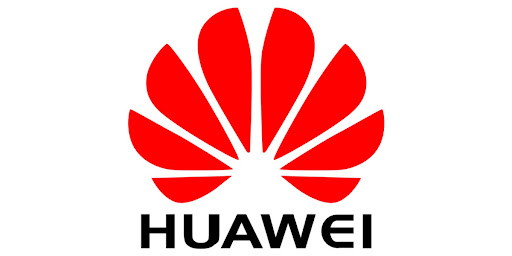
Virtual Computing
Server virtualization allows you to transform physical server resources into logical resources. With virtualization technology, a server can be split into multiple virtual computing resources that are isolated from each other. Processor, memory, disks, and I / O resources become pooled resources that are dynamically managed. Server virtualization improves resource utilization, simplifies system management, and enables server integration. In addition, hardware virtualization technology improves virtualization efficiency and enhances the security of the virtual machine.
Server virtualization includes the following features:
- Bare metal architecture. The FusionCompute hypervisor uses an open source architecture and can run directly on servers to virtualize hardware resources. The bare metal architecture ensures that virtual machines deliver high performance, high reliability, and scalability.
- CPU virtualization. FusionCompute converts physical processors to virtual processors (vCPU) for virtual machines. When multiple VCPUs are running, FusionCompute dynamically allocates CPU capabilities among the vCPUs. One VM supports a maximum of 64 vCPUs.
- Memory virtualization
FusionCompute uses hardware virtualization technology to improve memory access performance by up to 30%. It also uses redundant memory technologies to maximize memory usage. One virtual machine supports a maximum virtual memory of 1 TB. FusionCompute supports the following memory overcommitment technologies:
- Memory float: The system dynamically frees free memory from a virtual machine and allocates it to other virtual machines. Applications on virtual machines are not aware of memory utilization and allocation. The total amount of memory used by all virtual machines on a physical server cannot exceed the amount of physical memory.
- Memory swap: The system rolls up data on the VM's reserved memory into an external storage file to free the reserved memory and retrieve data when needed.
- Sharing memory. Several virtual machines share a page of memory with zero data content.
- GPU passthrough. In FusionCompute, a graphics processing unit (GPU) on a physical server can be directly attached to a specified virtual machine to enhance the graphics processing capabilities of the VM.
- In FusionCompute, an intelligent network interface card (iNIC) on a physical server can be virtualized and then attached to multiple virtual machines to improve network performance. VMs with iNIC attached can only be manually migrated to hosts using iNICs in the same cluster.
- A USB device on a physical server can be directly connected to a specified virtual machine. This feature allows users to use USB devices in virtualization scenarios.
VM resource management
VM Resource Management allows administrators to create virtual machines using a virtual machine template or of their own choosing and manage cluster resources. This feature provides the following capabilities: automatic resource scheduling (including load balancing and dynamic power saving modes), VM lifecycle management (including creating, deleting, starting, restarting, hibernating, and waking up virtual machines), storage resource management (including shared disks and shared disks), VM security management (including the use of custom VLANs), and online QoS configuration for VMs (including QoS and QoS configuration for the CPU).
Virtual Machine Lifecycle Management allows users to tune the state of a virtual machine based on overhead. The user can perform the following operations with the virtual machine: Create, delete, start, stop, restart, or query the virtual machine.
Upon receiving a request to create a virtual machine, FusionCompute selects the correct physical resources to create a virtual machine based on the specified requirements. Requirements include VM specifications (such as number of virtual processors, memory size, and system disk size), image specifications, and network specifications.
After creating a virtual machine, FusionCompute monitors the current state of the VM and its attributes.
Users can stop, restart and delete virtual machines as needed.








